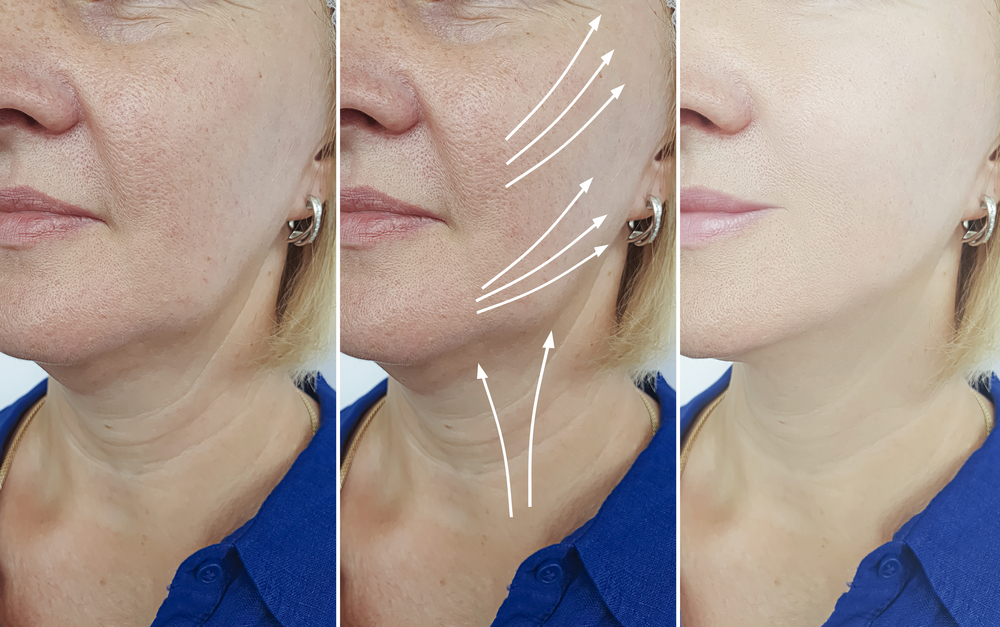Introduction
In the world of fitness and bodybuilding, athletes are continuously on the lookout for safe and effective supplements that can help them achieve their performance and physique goals. One such class of compounds that has gained popularity is Selective Androgen Receptor Modulators (SARMs). Among them, RAD-140 Testolone has emerged as a promising option for those seeking muscle gains and strength improvements. In this article, we will explore the potential benefits and risks of RAD-140 as a SARM, shedding light on its mechanism of action and its impact on the body.
Understanding RAD-140 Testolone
RAD-140, also known as Testolone, is a non-steroidal SARM developed to treat muscle wasting conditions and osteoporosis. Unlike anabolic steroids, SARMs are designed to target specific androgen receptors in the body, promoting muscle growth while minimizing unwanted side effects on other tissues, such as the prostate or liver. RAD-140 is praised for its high anabolic activity and its ability to provide results similar to anabolic steroids without the same level of androgenic effects.
The Mechanism of Action
RAD-140 binds to androgen receptors in skeletal muscle and bone tissue, stimulating anabolic activity and protein synthesis. By targeting these specific receptors, RAD-140 encourages muscle growth and promotes bone density, making it a potentially useful compound for athletes and individuals looking to enhance their physical performance.
Potential Benefits of RAD-140 Testolone
- Increased Muscle Mass: RAD-140 has been associated with significant muscle gains, making it a popular choice for bodybuilders during bulking phases. Users often report a notable increase in lean muscle tissue when incorporating RAD-140 into their training regimen.
- Enhanced Strength: Many athletes praise RAD-140 for its ability to boost strength and power output. This increase in strength can lead to improved performance during workouts and athletic competitions.
- Faster Recovery: RAD-140 is believed to aid in muscle recovery after intense training sessions, potentially reducing downtime and allowing athletes to train more frequently.
- Preservation of Lean Mass: RAD-140 may help prevent muscle loss during periods of caloric deficit, making it an appealing option for those seeking to cut body fat while preserving muscle mass.
Risks and Side Effects
While RAD-140 is considered relatively safe compared to anabolic steroids, it is essential to recognize potential risks and side effects:
- Hormonal Imbalance: RAD-140 can suppress natural testosterone production, leading to hormonal imbalances. Post-cycle therapy (PCT) may be necessary to restore hormone levels after using RAD-140.
- Liver Toxicity: While SARMs are generally less toxic to the liver than anabolic steroids, caution should still be exercised, especially when using high doses or for extended periods.
- Androgenic Effects: Although less androgenic than traditional steroids, some users may experience mild androgenic effects such as acne, hair loss, or increased aggression.
- Lack of Long-Term Studies: As with many SARMs, the long-term effects of RAD-140 on the body are not yet fully understood, and further research is needed to determine its safety for extended use.
Ensuring Quality and Legality
Given the growing popularity of SARMs, it is crucial to ensure that the product you are purchasing is of high quality and legal for use. Many unscrupulous sellers may market counterfeit or contaminated products, which can pose serious health risks. To safeguard your health, only purchase RAD-140 and other SARMs from reputable and trusted sources.
Conclusion
RAD-140 Testolone is a promising Selective Androgen Receptor Modulator that has captured the attention of athletes and bodybuilders seeking to enhance their performance and physique. With its potential benefits in muscle growth, strength enhancement, and recovery, RAD-140 shows promise as a safer alternative to traditional anabolic steroids. However, like any supplement, it is essential to approach RAD-140 with caution and ensure that you are well-informed about its potential risks and side effects. If considering RAD-140 or any other SARM, consulting with a healthcare professional is advised to make an informed decision and prioritize your health and well-being above all else.

